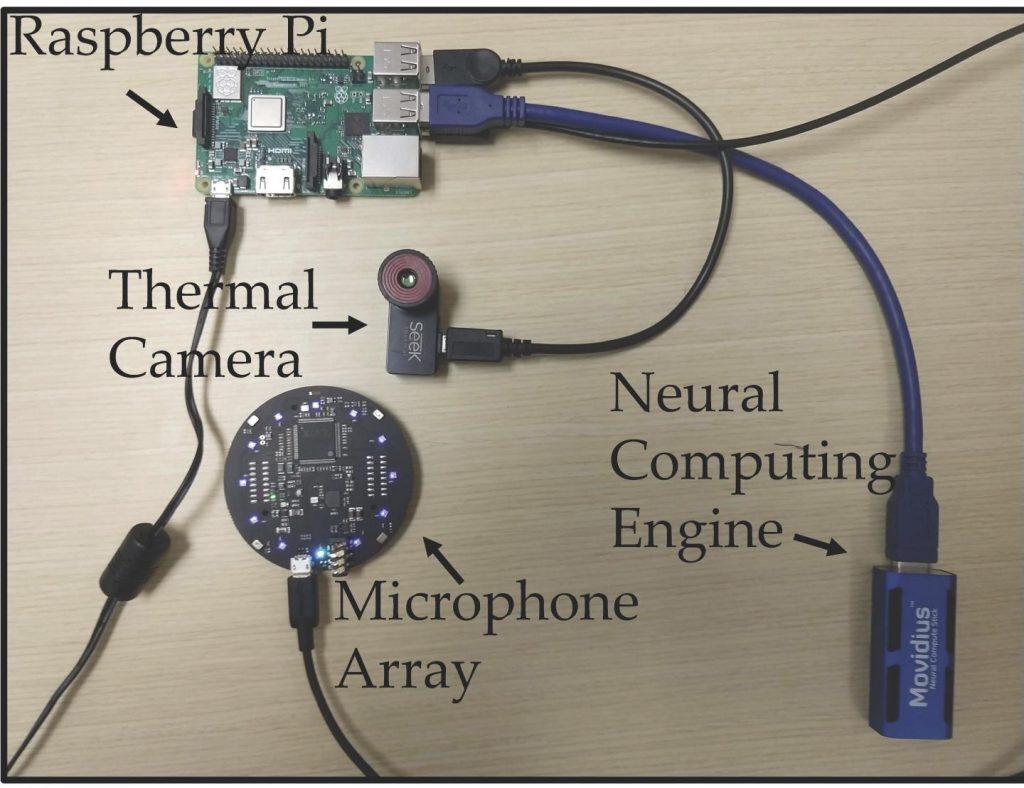Remember that scene in The Dark Knight where Batman really annoyed Morgan Freeman by turning on a city-wide surveillance system implanted in every phone made by Bruce Wayne’s company? Keep that scene in mind as we tell you about FluSense, an AI-powered bit of hardware capable of monitoring coughs and the spread of the coronavirus — and other diseases.
The portable surveillance device is the creation of researchers at the University of Massachusetts Amherst, who made it to “…detect coughing and crowd size in real time, then analyze the data to directly monitor flu-like illnesses and influenza trends”, according to EurekaAlert.
Good intentions

The data FluSense collects is analysed by machine learning processes, offering greater predicability for things like flu vaccinations, quarantines and isolation periods. Knowing just when to implement them could prove useful when containing even the regular old flu.
The ability to track the spread of diseases in public could prove very useful. Events like this COVID-19 outbreak are prime examples of why it should exist, but pretty much any SARS-related issues could possibly be tracked by the hardware.
The road to hell
Here’s where it gets tricky. Yes, the researchers have tested the FluSense — placing four of them in a university waiting room — and yes, it was able to identify coughs compared to other noises. With up to 81% accuracy, it seems. And, yes, it’s still got a long way to go before it’s a functional diagnostic tool so don’t expect it to be rolling out during our present ‘interesting’ times.
But it’s just as possible to implement this hardware for uses other than medical. Similar hardware, deployed secretly in public, could be used by governments to spy on their constituents, picking out snatches of conversation and keywords from the background and using thermal imaging information to see where meetings are taking place. There’s no indication that this is a use that has been considered but you can bet that security-minded government officials are sitting up and taking notice of its possibilities already.
A combination of AI and surveillance hardware, like many other sorts of technology, could be a powerful force for good. It’s just as possible to turn it into a very powerful tool of suppression, with very little change to how it functions. We’re intrigued by the possibility offered by FluSense but we’re also a little wary of what it could become, given only a slight change of focus.
Source: The Next Web